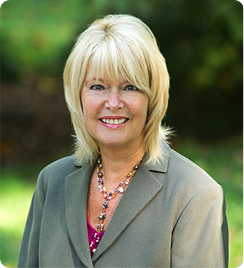
A young college student asked me this week, “Should I study what I like or what will get me a job?” She earnestly wanted me to say, “Study what you love”. Which I did.
Didn’t you start out that way? Picking a path that was calling you. Youth is a time for risks. It’s a time to learn more about yourself. Perhaps along the way you realized you needed skills and experience that would finance you and possibly family in later life. So you found work that paid for housing, food, clothing, fun. But maybe you miss the love you left behind.
That passion or great interest that you experience at one or many times in your life feels almost like play. It is of such significance that you want to experience it endlessly. Maybe it’s in the fields of art, music, writing, history or science. For some reason you react differently when you are in it. It feeds you. You may wonder how did this happen? Other people don’t seem so compelled by my love.
But you are. Maybe for a short time or maybe the fascination stays with you forever. And what if you ignore it? What if you brush it aside as if it’s silly, impractical, not important to your future or survival.
The hard truth is if you ignore it, you’ll rob yourself of an opportunity to express a piece of yourself. You’ll shut off the chance to voice your spirit. And your life will become less because of it.
Many people find a way to have both: they work to pay the bills and also emerse themselves in something they love. Or if you are really fortunate, your career may be something you love. In her book ” The Big Magic, Creative Living Beyond Fear” Elizabeth Gilbert encourages us to answer the call of curiosity and creativity. “Creative fields make for crap careers, but creative living can be an amazing vocation”.
Often it takes maturity and experience to turn a love into a career. Gilbert herself had many writing jobs before her fourth book was so successful she could support herself. Mark Zuckerberg, co-founder of Facebook, discovered a way to do both while in college.
“Curiosity is what keeps you working steadily, following that scavenger hunt of curiosity can lead you to amazing, unexpected places”
Elizabeth Gilbert
Another model is to have a main career that provides for your material needs and a side job that fuels your soul. Geneva is a ceramist. Her fine art work is unique and valued by a wide audience including galleries and museums. At one time she supported herself by showing her work at national art shows.The economy was booming and people were decorating their homes and offices. Today is different. Older people are downsizing and younger aren’t spending on art. In order to make a living now Geneva is teaching high school ceramics. She receives satisfaction in mentoring young students and still does her art on the side. She advises her classes not to expect to make a living making pots, but to express their creativity and discover their passions.
Brad is a writer working on his third history book. Since sales of his books don’t support him, Brad works for an association doing technical writing. Both Geneva and Brad continue with their loves of art and writing and have created related careers. Perhaps when their financial resources grow, they can turn their paying careers into the side jobs and give their passions their main attention.
Other people jump into volunteer positions or take classes to have an opportunity to do what they love or to determine what fits. Some choose to use their talents on issues or populations they care for in order to feel a special contribution. The essential point is to feed the part of your soul that puts you in flow. That part that is so intriguing you don’t ever want to stop, the engagement that transforms you.
Find your Side Job:
Identify your interests
Make time to express them
Ask if they can support you
If not find additional work
Continue to grow in your passions
Take the leap and see you on the path!










